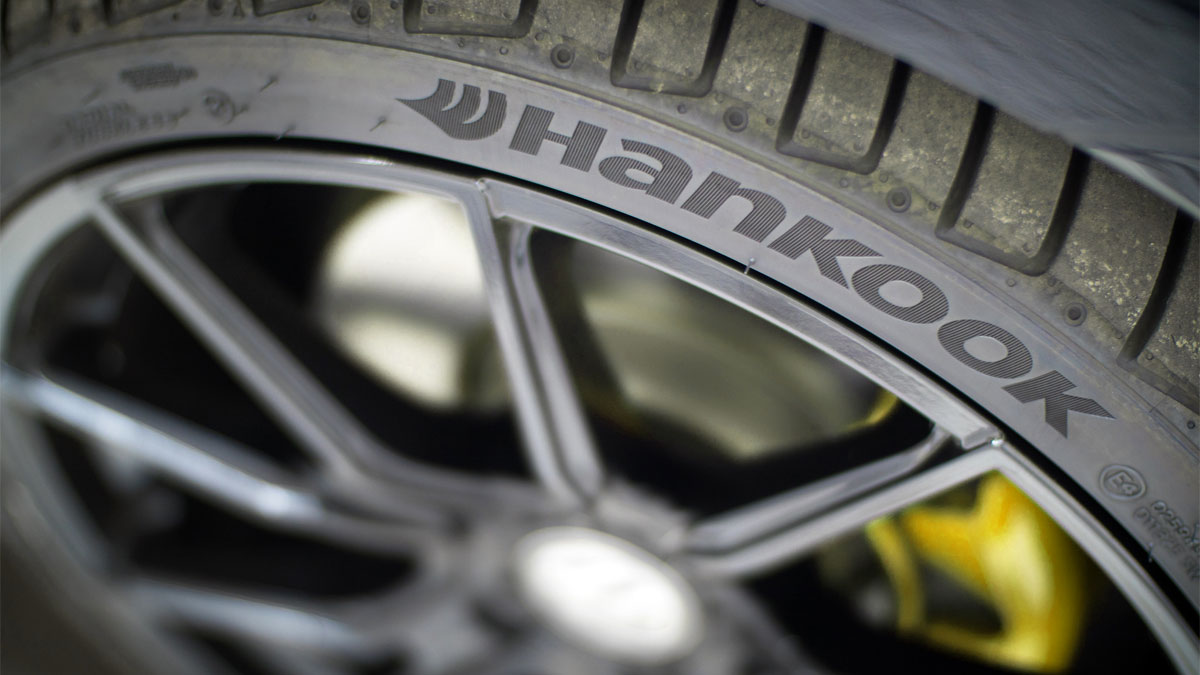Hankook Summer Tire Q&A
You probably have heard about them, have seen them and, heck yeah, you may have even driven a car equipped with summer tires. The name, however, is a bit misleading although these tires are not something you would want to ride on when road conditions are icy or snow-packed. Summer … Read more

